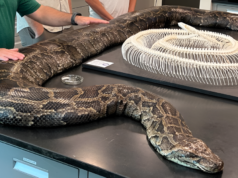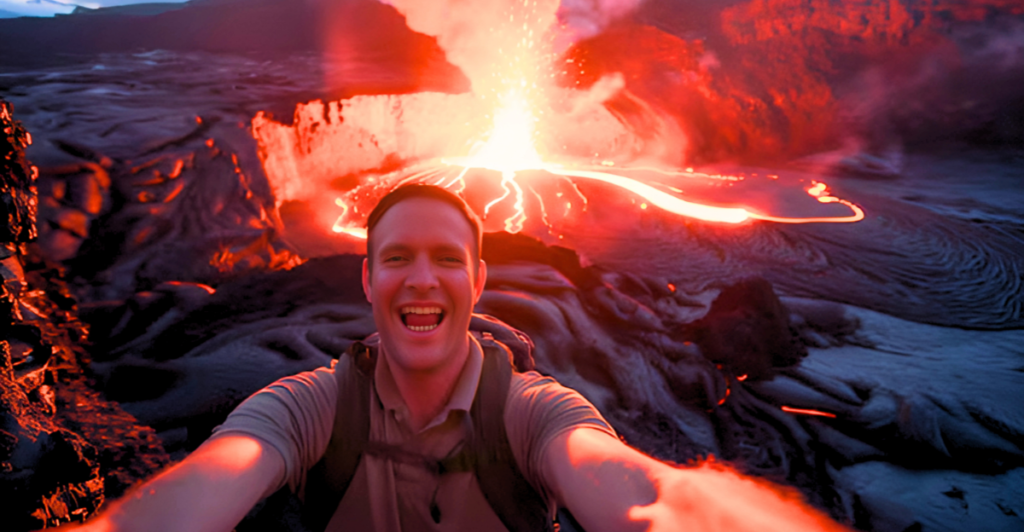
Beneath the beauty of the United States lies a hidden network of dormant geological features with the potential to cause catastrophic damage. From supervolcanoes to fault lines, these natural phenomena are mostly dormant but hold the capacity for devastation. Here are 12 of America’s most significant geological “time bombs” that scientists closely monitor to mitigate risks.
1. Yellowstone Supervolcano (Wyoming)
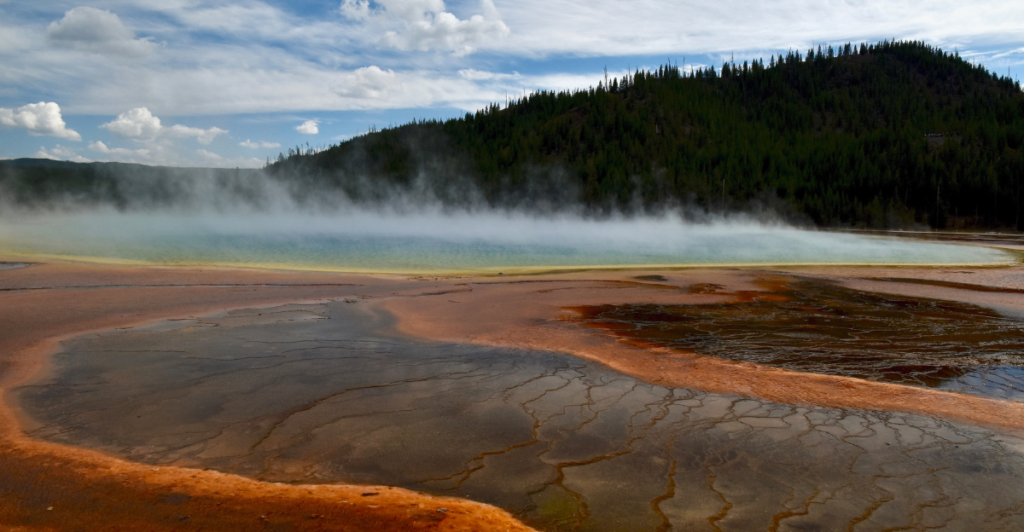
Yellowstone’s supervolcano has a history of massive eruptions, with significant events occurring approximately 2.1 million, 800,000, and 650,000 years ago. Recent studies have detected substantial magma near the surface, raising concerns about potential future eruptions. However, current research indicates no imminent eruption is expected.
2. New Madrid Seismic Zone (Missouri)
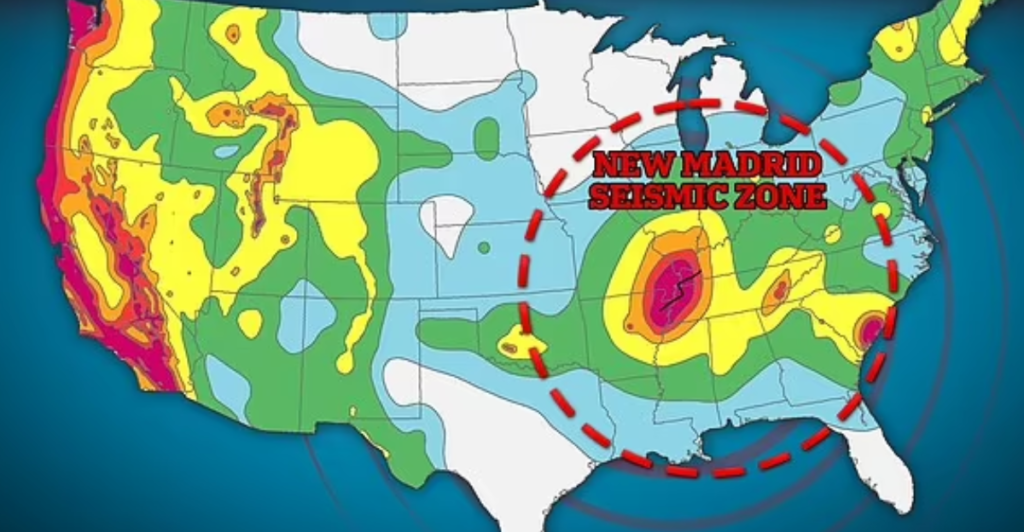
The New Madrid Seismic Zone is known for a series of major earthquakes between December 1811 and February 1812, with magnitudes believed to be 7.0 or larger. This fault system could still generate powerful quakes, posing a threat to cities like Memphis and St. Louis. Recent studies estimate a 25-40% chance of a magnitude 6.0 or greater earthquake within the next 50 years.
3. Cascadia Subduction Zone (Pacific Northwest)
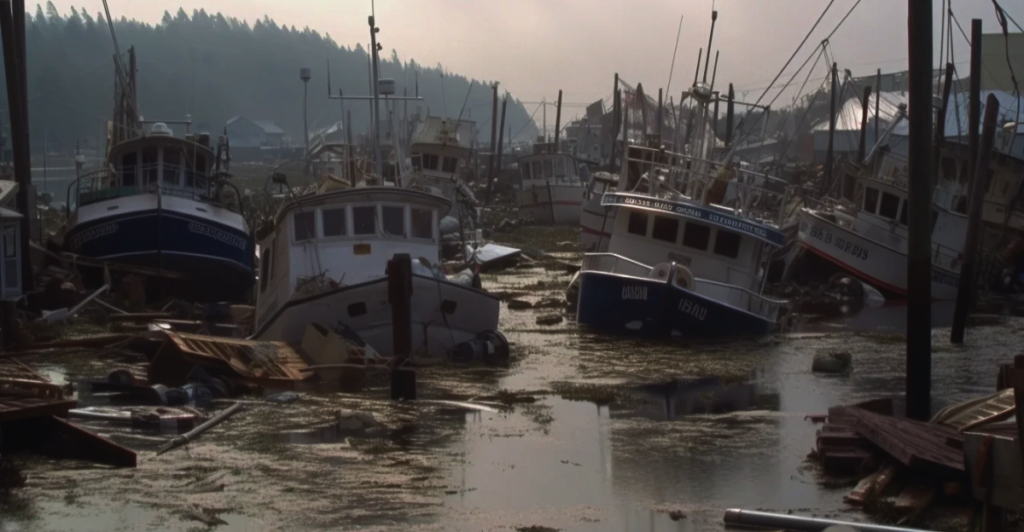
The Cascadia Subduction Zone is a 700-mile fault off the Pacific Northwest coast, capable of producing magnitude 9+ earthquakes and tsunamis. The last major rupture occurred in 1700, and scientists warn it is overdue for another event. A future earthquake could result in over 10,000 deaths and approximately $70 billion in economic losses for Washington, Oregon, and California.
4. Long Valley Caldera (California)
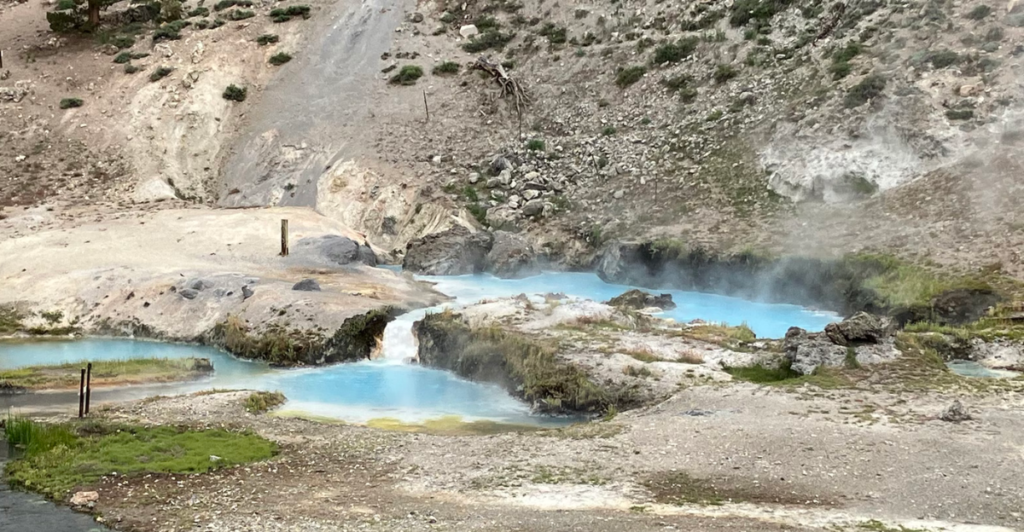
Located near Mammoth Lakes, the Long Valley Caldera is a supervolcanic feature that formed as a result of the voluminous Bishop Tuff eruption about 760,000 years ago. While currently dormant, it remains geologically active, with magma beneath its surface and geothermal activity evident. Seismic monitoring is ongoing to detect any signs of volcanic unrest.
5. Wasatch Fault Zone (Utah)
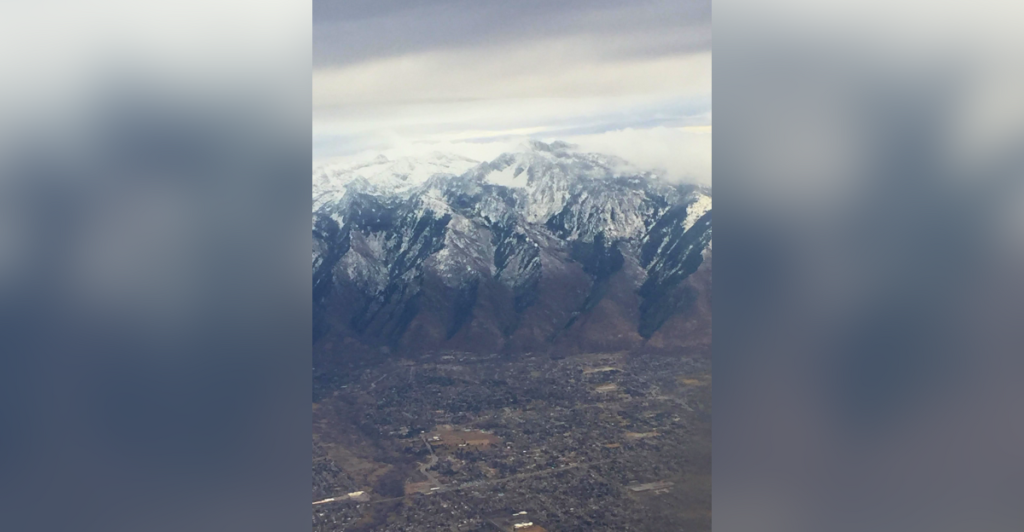
Stretching 240 miles through Utah, the Wasatch Fault Zone poses a significant seismic threat to the Salt Lake City area. Experts estimate it could produce magnitude 7+ earthquakes, causing widespread destruction in one of the fastest-growing metropolitan regions in the U.S. High population density and older infrastructure make preparedness a critical priority.
6. Mauna Loa (Hawaii)
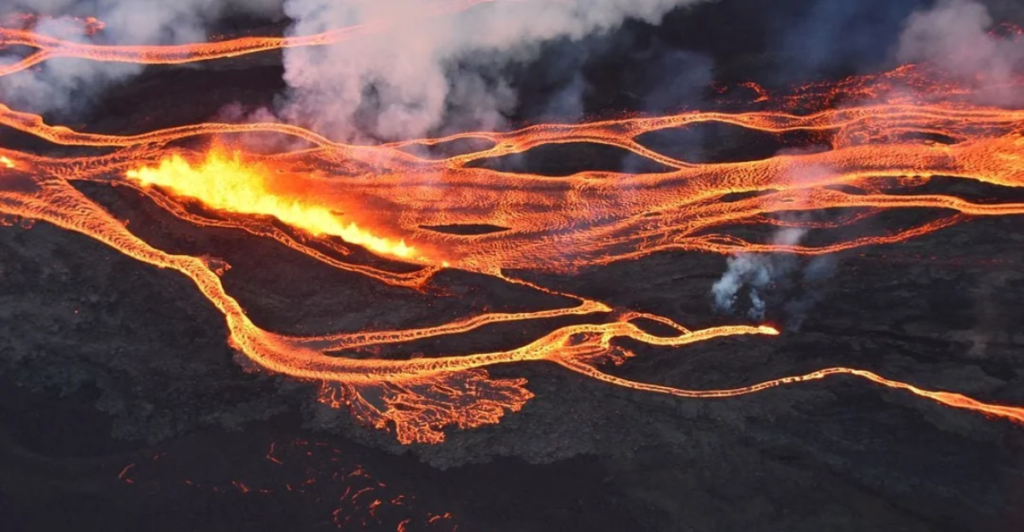
Mauna Loa, the world’s largest active volcano, has erupted 34 times since its first well-documented historical eruption in 1843. The most recent eruption occurred between November 27 and December 10, 2022, characterized by lava flows, fountains, and strong sulfur dioxide emissions. An eruption could unleash fast-moving lava flows, destroying communities and disrupting vital infrastructure on the island.
7. Mount Rainier (Washington)
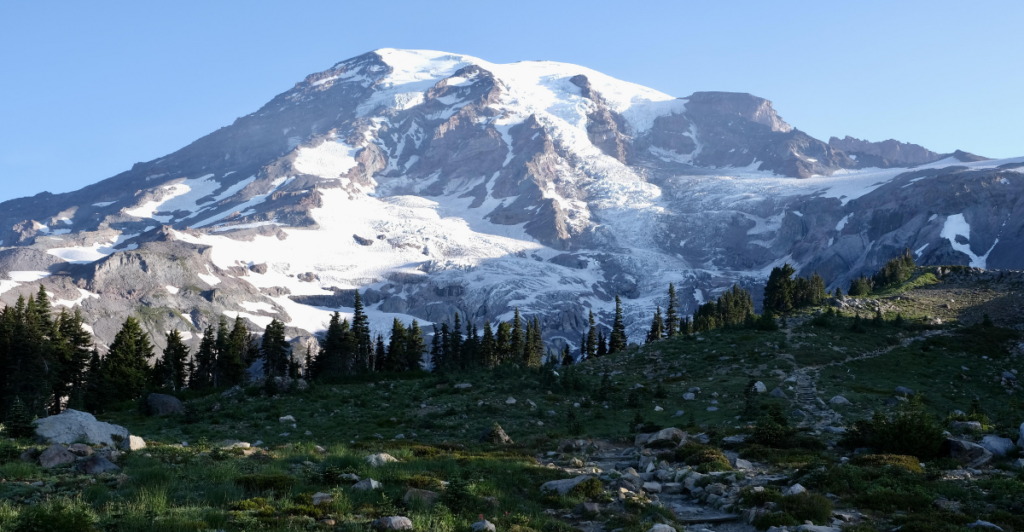
Mount Rainier is a towering stratovolcano near Seattle and Tacoma, making it one of the most dangerous in the U.S. Its glaciers could produce deadly lahars (volcanic mudflows) if the volcano erupts, threatening tens of thousands of residents downstream. Dormant for over 500 years, Mount Rainier remains a constant focus of geological monitoring.
8. San Andreas Fault (California)
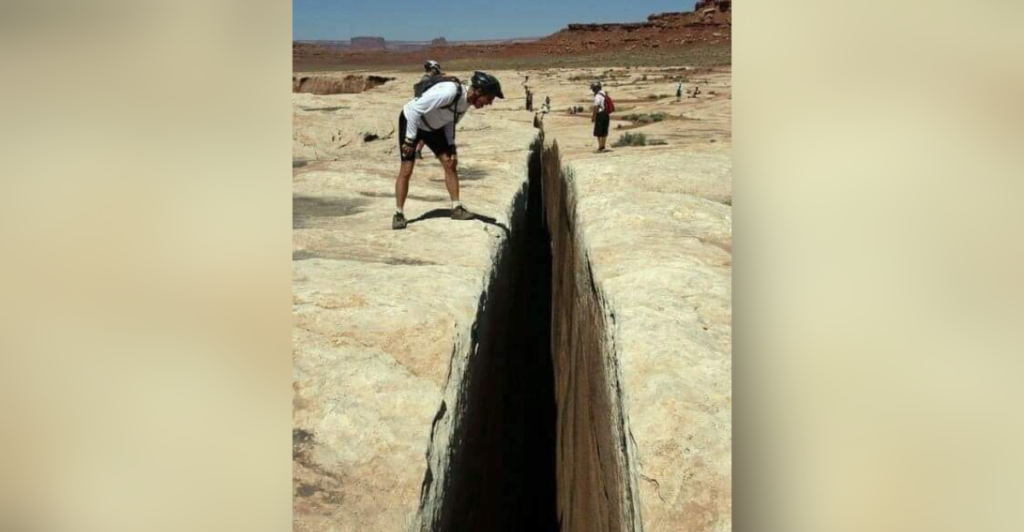
The San Andreas Fault is one of the most infamous fault systems in the world, stretching 750 miles across California. The southern segment, near Los Angeles, is overdue for a major earthquake. A magnitude 7+ quake could cause billions of dollars in damages, displace millions, and disrupt daily life for years.
9. Valles Caldera (New Mexico)
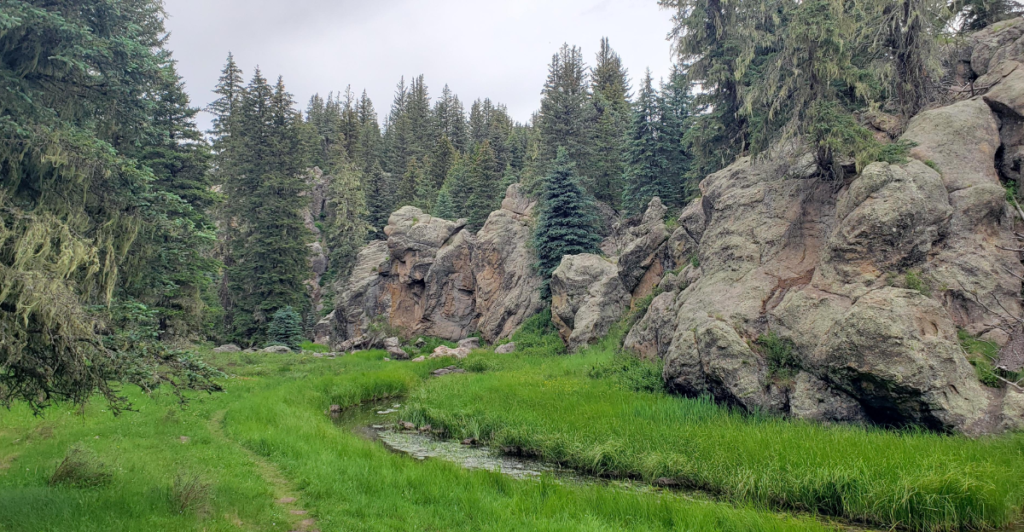
The Valles Caldera, located in the Jemez Mountains, is a massive volcanic feature that erupted approximately 1.7 million years ago, forming the widespread Bandelier Tuff ignimbrite plateaus. While currently dormant, it remains geologically active, with magma beneath its surface and geothermal activity evident. Future eruptions are unlikely but cannot be ruled out, making it a site of ongoing scientific interest.
10. Crater Lake (Oregon)
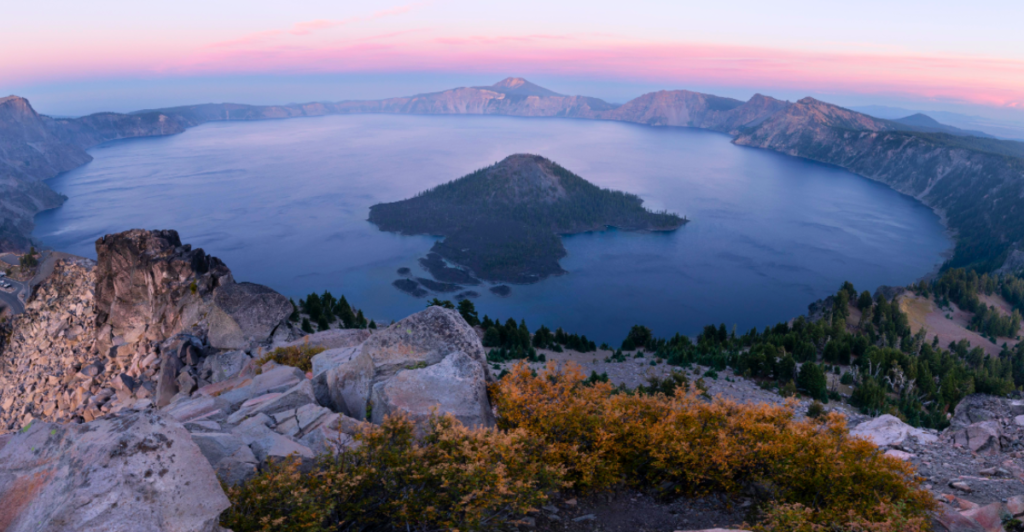
Crater Lake is a stunning natural feature formed after the collapse of Mount Mazama about 7,500 years ago. While it appears serene, the region remains geologically active. The explosive eruptions that created the caldera were among Earth’s largest known Holocene eruptions. Magma buildup beneath the lake is closely monitored for signs of volcanic activity.
11. Aleutian Subduction Zone (Alaska)
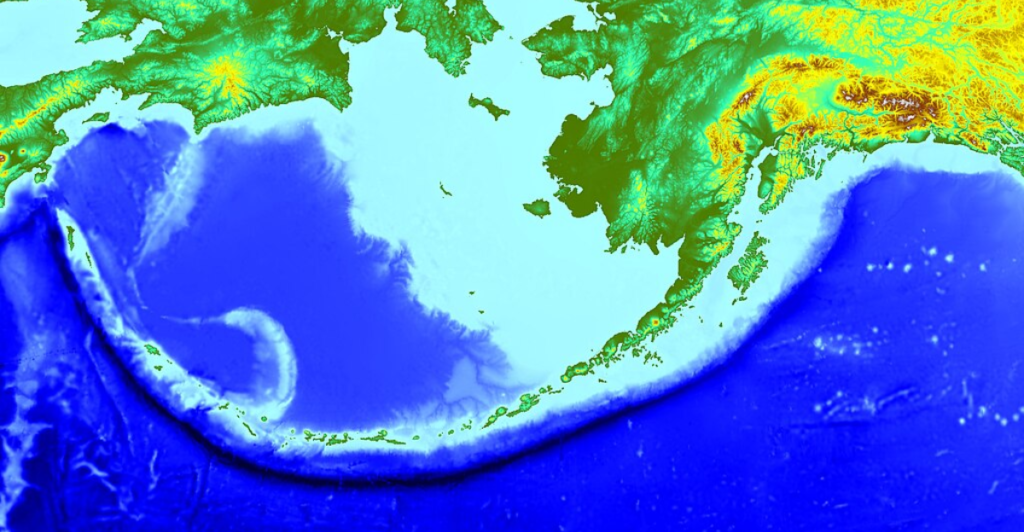
The Aleutian Subduction Zone is a tectonic boundary between the Pacific and North American plates. This region frequently generates massive earthquakes, including the 1964 magnitude 9.2 quake in Alaska. Its remote location lessens the human impact, but tsunamis originating here could devastate coastal areas as far away as California and Hawaii.
12. Clear Lake Volcanic Field (California)
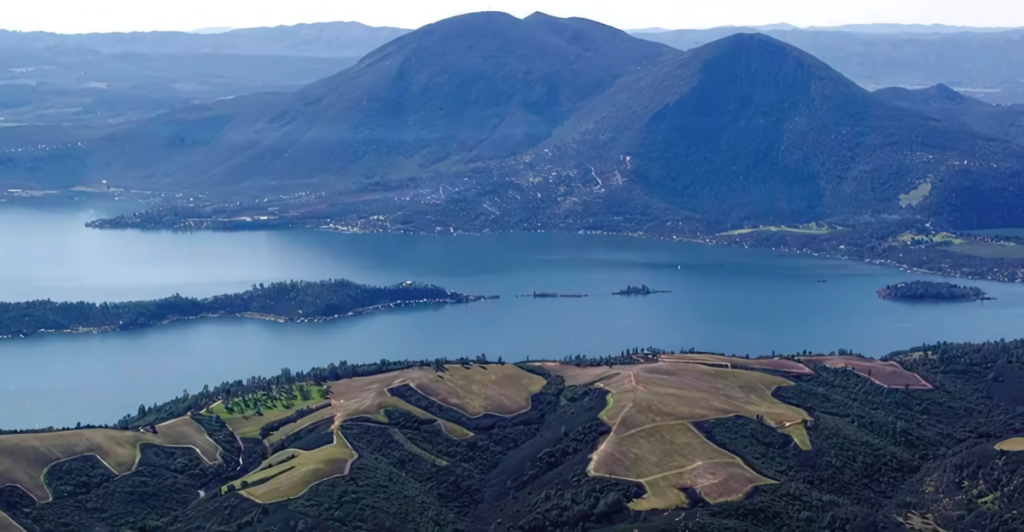
The Clear Lake Volcanic Field, near San Francisco, is an active geothermal area with a history of volcanic eruptions. While dormant for centuries, the presence of magma beneath the surface suggests the potential for future activity. Scientists monitor gas emissions and ground movements to predict any changes in its status.
America’s geological “time bombs” are reminders of the dynamic forces shaping our planet. While most are dormant, their potential for destruction underscores the importance of monitoring, research, and preparedness. As technology advances, our ability to understand and mitigate the risks posed by these natural phenomena improves, ensuring a safer future for those living in their shadows.
Discover more of our trending stories and follow us to keep them appearing in your feed

Meet the Massive Crocodiles That Make Their Homes 40 Feet Underground
12 Facts About Bald Eagles and Ospreys’ Recovery
10 Fearsome Birds of Prey Flying America’s Skies and How They Hunt
12 Fierce Birds That Patrol Rocky Horizons
Stay connected with us for more stories like this! Follow us to get the latest updates or hit the Follow button at the top of this article, and let us know what you think by leaving your feedback below. We’d love to hear from you!


